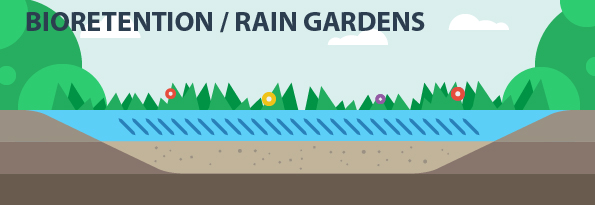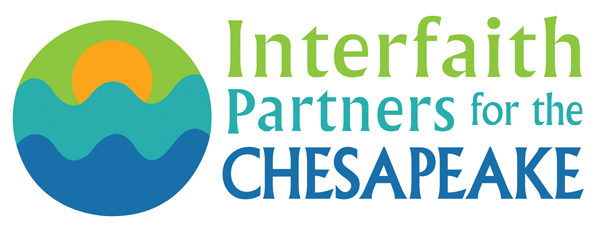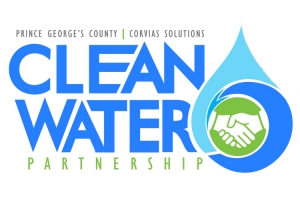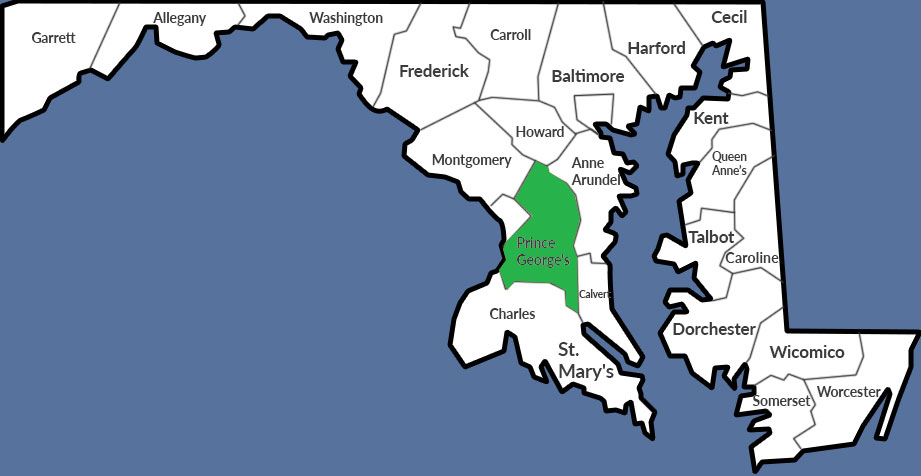New Redeemer Church Green Infrastructure Model Campus

Parts of the Chesapeake Bay watershed contain a high percentage of impervious cover – paved or other hard surfaces such as roofs and roadways that prevent rain water from being absorbed into the ground. Instead, water runs along these surfaces, collecting trash and substances such as motor oil, lawn fertilizers, and pesticides. This polluted stormwater flows into streams and rivers, where it threatens aquatic ecosystems and public health.
Effective stormwater management, on the other hand, creates safe paths for polluted runoff to be captured and filtered through the ground before it reaches waterways. This helps keep the environment clean and our communities healthy!

Project location: Forestville, MD
Problem: The New Redeemer Church in Forestville was prone to flooding and erosion due to poorly-managed stormwater.
Solution: New Redeemer Church was selected to be a model demonstration site as part of the Prince George’s County Clean Water Partnership, an ambitious public-private partnership that will invest $100 million over 10 years to retrofit more than 2,000 acres of impervious surfaces with green infrastructure throughout the county. Water control features installed at New Redeemer include pervious parking pavers, cisterns to hold rainwater and release it slowly over time, and infiltration trenches and rain gardens to slow and filter polluted runoff.
This project was the first of more than 100 projects planned at churches within the county, representing cooperation between government, faith organizations and the private sector to meet clean water standards, solve stormwater problems and stimulate economic growth.
Scale: 2.35 acres treating 60,000 gallons of water per inch of rain
Cost: $240,000 (higher than typical because it is a demonstration project; the County estimates that similar projects would range from $40,000-150,000)
Funding sources: Prince George’s County Clean Water Act fees
Partners: Corvias Solutions, Inc; Forestville New Redeemer Baptist Church; Interfaith Partners for the Chesapeake



